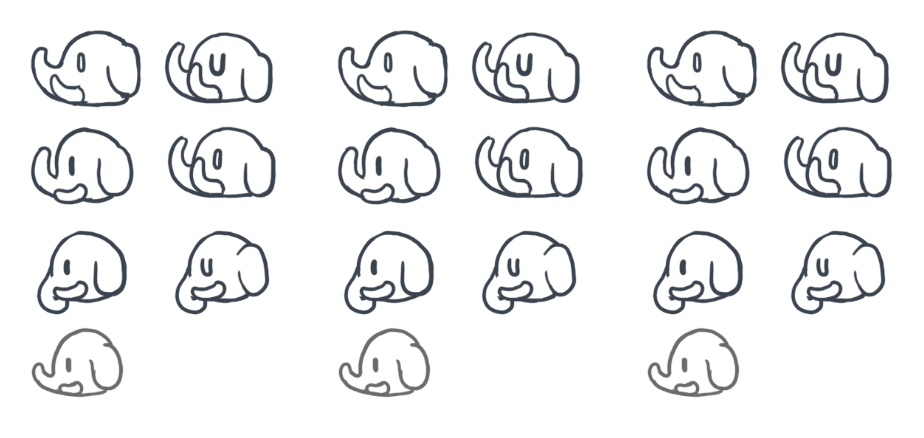How to become a successful artist on Mastodon

Eugen Rochko
Strategy & Product Advisor, Founder

I follow many talented artists on Mastodon, and over my 2 years of being on the platform I have noticed some common patterns that may help a newcomer find their audience on here, too.
Introduce yourself
A lot of the toots that get shared around widely are artists’ introductions. It may sound odd coming from larger, more faceless platforms like Twitter, but Mastodon communities are more tight-knit, and a new community member saying hello is genuinely appreciated. You may describe who you are, where you come from, link your past work or profiles, and include a few examples of your work. Just like everywhere else, pretty pictures attract eyes.
On Mastodon, you may pin up to 5 posts to the top of your profile. So the introduction post may serve as an additional, permanent piece of information going forward if you pin it.
Fill out your profile
You can upload an avatar and a header image. It is wise to do both, as people tend to ignore posts from accounts with the default avatar, and profiles look a lot prettier with a header image. Avatars can even be animated! Animated avatars will be displayed to users who opted into interface animations, which are off by default for accessibility reasons.
Describe in short who you are. The profile bio may be displayed when pinned posts, such as your introduction, are not, so it makes sense to add some common, important information in both. Here comes the coolest thing, though: Profile metadata.
You get 4 label/content pairs to use however you like. Want to tell people what country you are from? You can do it. You can use them to refer to your significant other, or credit the author of your avatar image (if it’s not you), or to simply link to your other websites. If you have a Patreon, and a Twitch or Picarto channel, that’s where you would put them. Be sure, when posting links, to include the https:// part at the start, or it won’t show up as a link!
Choose focal points
If you’re posting vertical pictures, one of the most unfortunate things that can happen is the crotch crop. Mastodon is available on all sorts of platforms, used across a variety of screen sizes, so thumbnails of your art do not always have the same dimensions. Sometimes, this means the thumbnail shows the less enticing parts of the picture. But there is a solution for that:
When uploading a picture, you may click “crop” to select a focal point on the image. Once that is done, whatever the dimensions of the thumbnail, it will always include the selected area in this visible area.
Use hashtags
This will be familiar to those coming from Instagram, but hashtags are really rather important on Mastodon! Of course, unlike Instagram, there’s another way to discover content: the “firehose”, or the local and federated timelines. They show a slice of the real-time content as it appears. In a way, this means you have a chance of being noticed even if you don’t have any followers yet. But not everyone can keep up with that! Using hashtags allows people to find your art when they’re looking for it. Some of the hashtags that people use are #mastoart, #creativetoots, #photography, #catsofmastodon…
Posting schedule
It may be tempting to dump your entire portfolio straight away, but do not do this! While your posts will always appear on your profile, the presence of your posts on your followers’ home feeds is ephermal, they will be pushed out by newer toots! Consider that people from different timezones are online at different times. It makes sense to post on different days, at different times of day, to draw the most attention.
Do not feel bad about mixing art posts and personal updates. I’ve never seen anyone mind that, on the contrary, people appreciate personality behind the work.
Engage!
Thank people who comment on, fave or boost your work. Look at who boosts and faves other people’s work and follow them to silently introduce them to your work, too. Support other artists on the platform.
How to deal with sensitive media
Mastodon allows you to mark pictures or videos as sensitive, so they’re hidden behind a warning. This is great for people who cannot or do not want to see explicit imagery, but for artists who create primarily that, it can be inhibiting. Art hidden behind a warning is less likely to be noticed on timelines, and you need to be aware of that trade-off. What you can do is mix your explicit and non-explicit art to gain more followers.
There is also an off-by-default preference to always view sensitive media without a warning. You and your followers may wish to enable that.
In conclusion,
